0957 48,016 58°
Found sheltered parking in downtown Houghton with enough clearance for our 9’4″ tall van.
Downtown Houghton rises quickly from the Portage Canal. We like the old buildings so will share some photos of those that survived from the late 1800’s. Brick was first used in a commercial building here in 1888 during construction of the Houghton National Bank.
The 1899 Douglas House is four stories in front and two stories where the back of the building meets the hill. The bar survives from the original hotel, but the rooms are now apartments.
Not important architecturally, but high on the list for us, is Victoria’s Kitchen where we restocked our supply of fresh baked goods.
1120 48,017 Checked out the Houghton RV Park. Located on the waterfront, there were no sites available, even for Sunday night.
Visited the 1899 Copper Range Railroad Depot. The railroad was built to deliver supplies and people offloaded from ships for area copper mines. The same ships were then loaded with copper ingots for their return voyages. The last train ran in 1972. The depot is currently a restaurant with a view of the lift bridge.
Crosswalks caught my attention. They aren’t just the usual stripes, but feature local influences like boats and fish.
Crossing the bridge into Hancock we immediately faced the only synagogue in the Keweenaw. Temple Jacob Congregation was founded in 1912.
Beth found a little crafting fix at Sew Cranky. This shop is full of hand cranked sewing machines which they use to create period costumes for historical reinactors.
Quincy Street is the main drag and runs through Finlandia University .
The Finish American Heritage Center is on the university campus. It houses the Honorary Consul of Finland, The Finnish American Reporter, and a gallery.
The gallery is free and we enjoyed an exhibition of beautiful fabric works like this Plant Dyed Knitted Wool Sweater by Clare Zuraw
A fox peaked through a window in this multi-layered felted art called Home in the Woods by Anita Jain
Parking was plentiful, even for large vehicles, and there was no charge for a walking tour. We parked near the hoist house where ore was lifted from the mine and loaded into railroad cars.
Didn’t ride this cog railway tram down the hill for a walk into the mine today, but it looks interesting.
The tram was quite an upgrade compared to this original red wooden car that lowered 30 men at a time into the mine. Miners sat on wooden benches arranged like steps. The unpainted car on the left lifted ore from underground for loading onto trains. This is all inside the hoist house.
The Quincy & Torch Lake Railroad moved ore from here to Hancock and Torch Lake where we camped last night. Abandoned when the mine closed after World War II, a few locomotives and cars still remain on the property.
A very nice G gauge (1:22.5) model of the mine complex was running inside the museum. The structures and rail models were made by Chuck Pomazal.
An extension of the Keweenaw National Historic Park, the Calumet Visitor’s Center has history displays and rangers that can answer questions about Isle Royal and the Keweenaw Parks. The building was built in 1888 to house both an Odd Fellows and a Masonic Lodge.
The Calumet Art Center sits across the street from the Visitor’s Center and houses a nice gallery. They offer an extensive list of classes open to locals and visitors.
Two other rigs came in after us. Watching a fifth wheel that took 30 minutes to park reminded me of sitting in the marina watching boats dock.
It was good entertainment while Beth defrosted the fridge. This is the ice that builds up on the cooling fins. The fridge cools much better without ice.
We are thankful for the ease of parking our little van. Also thankful for the hosts who welcome boondockers on their lovely property.
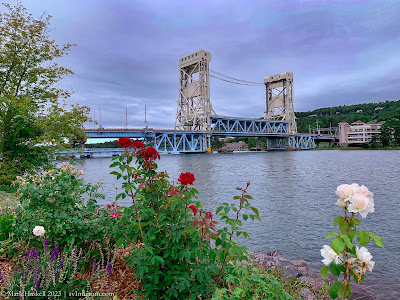
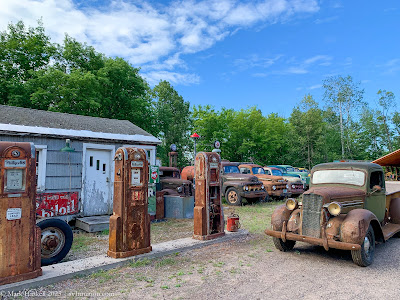
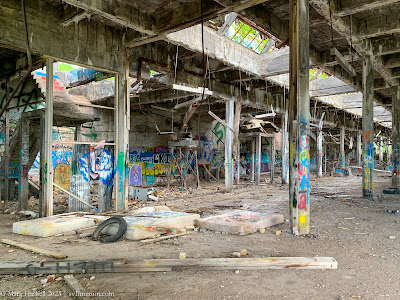
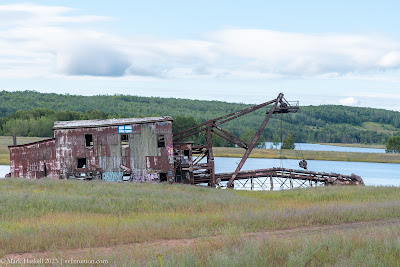

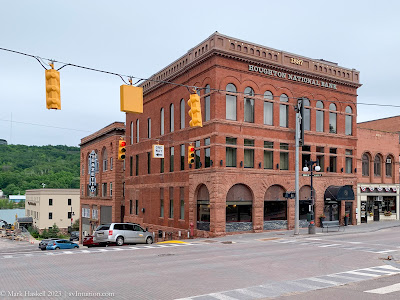
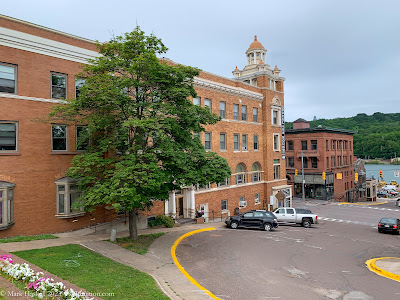
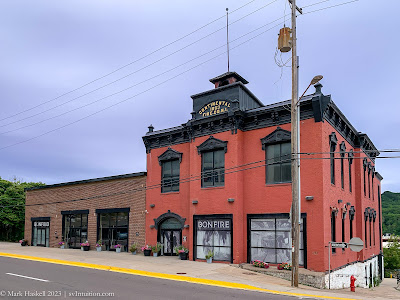
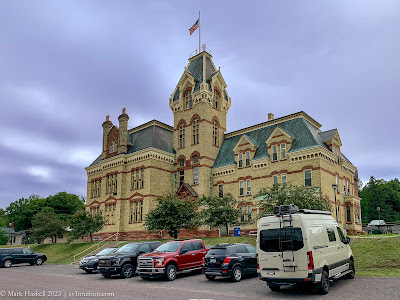
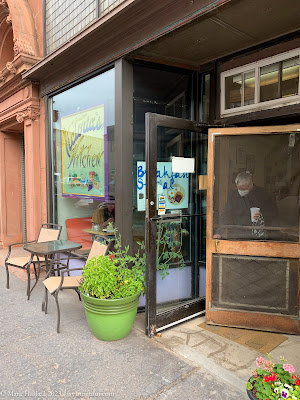
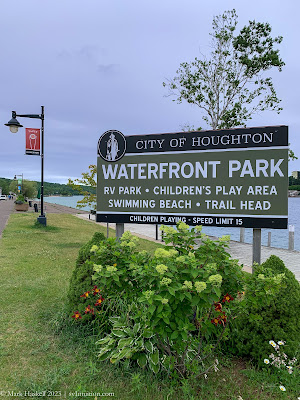
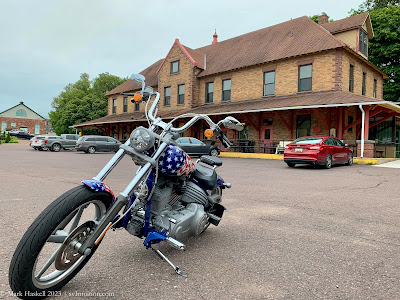
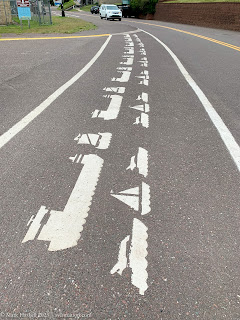
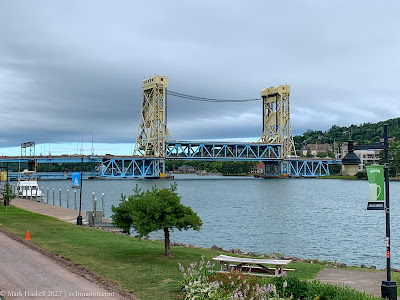
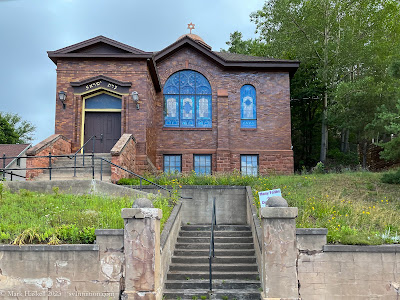


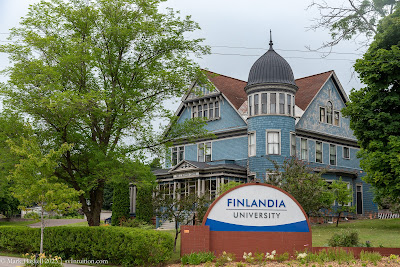


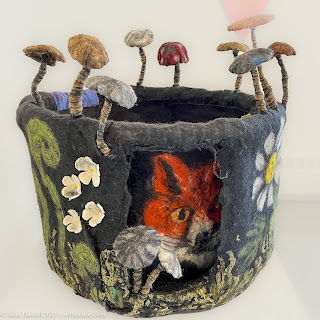
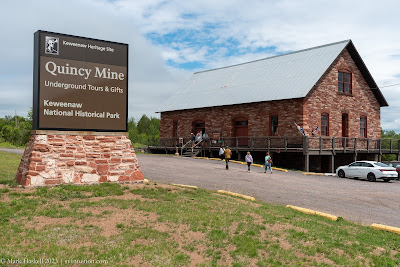

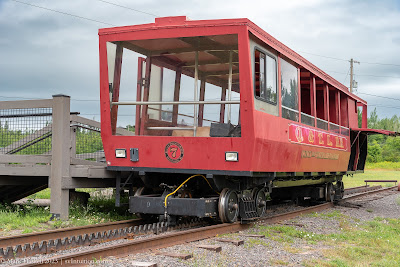
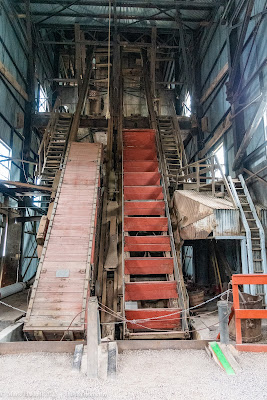
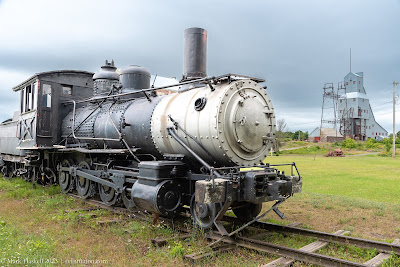
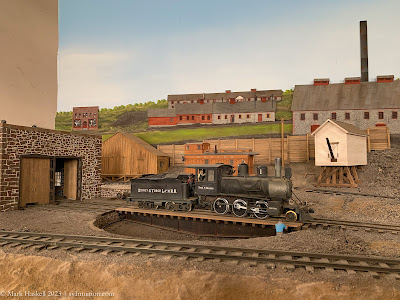
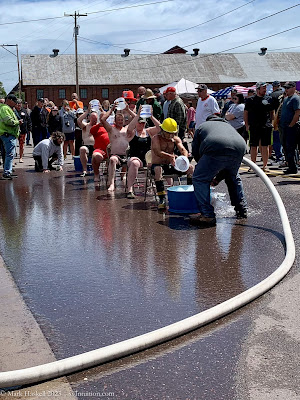
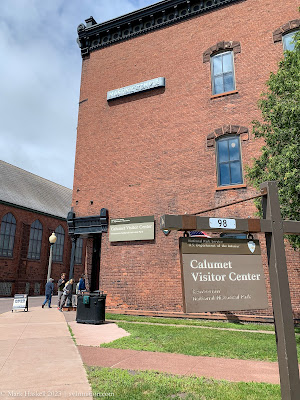
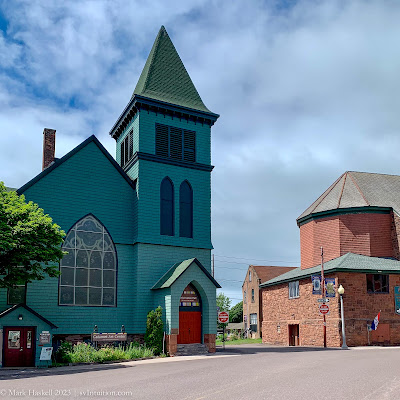
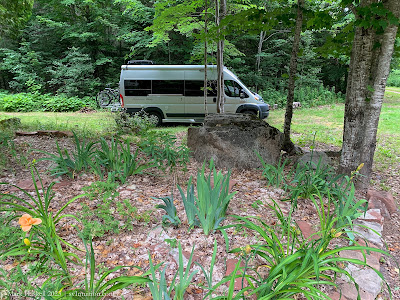
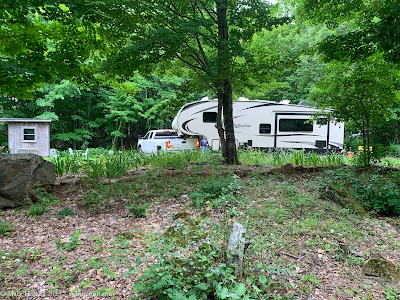
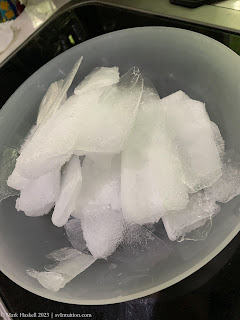
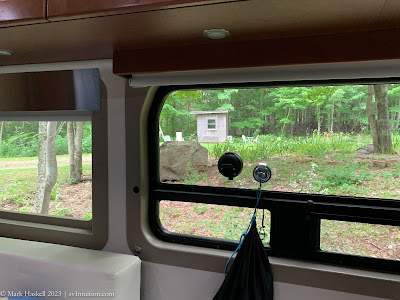
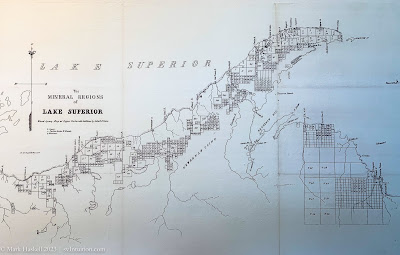

Leave a Reply